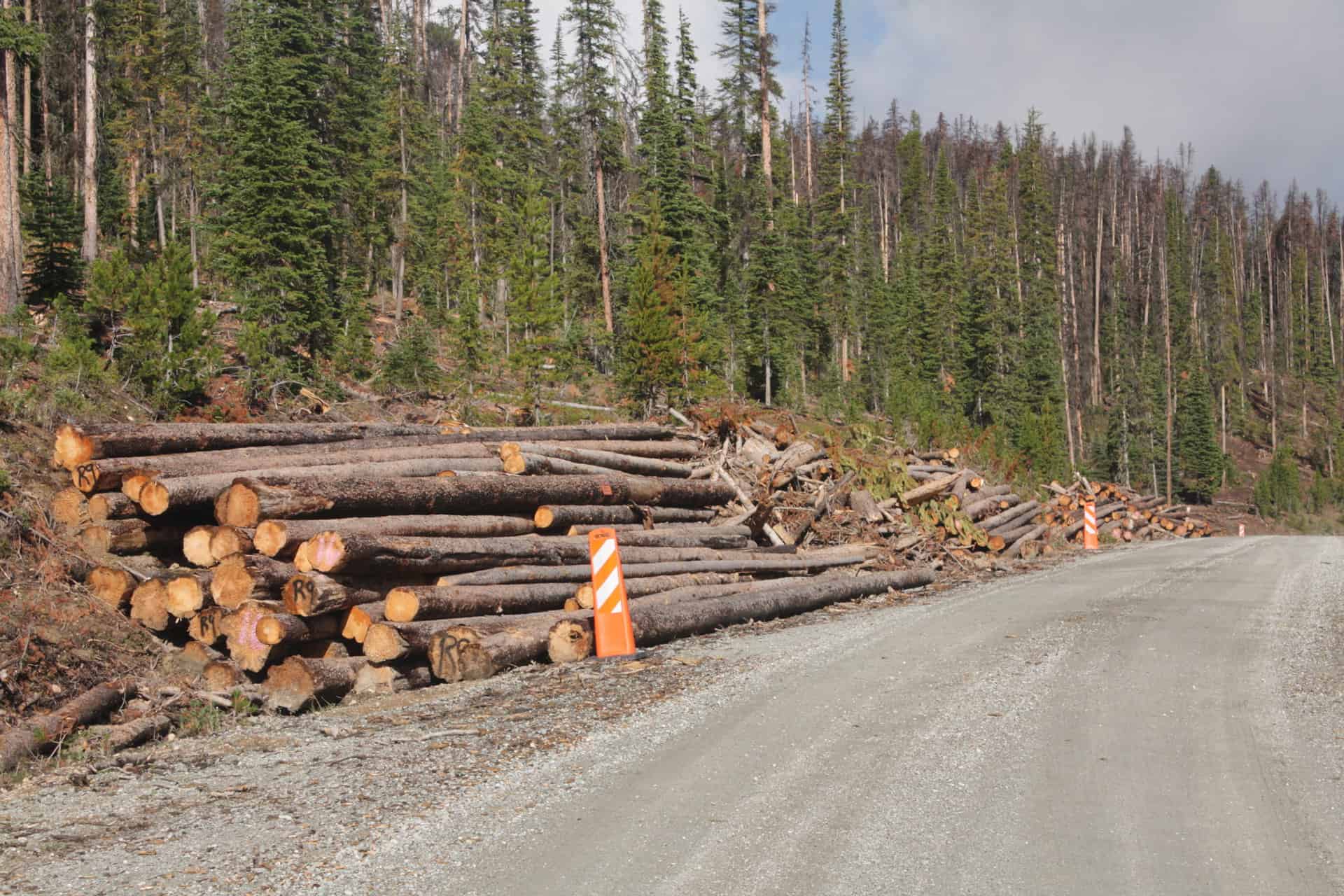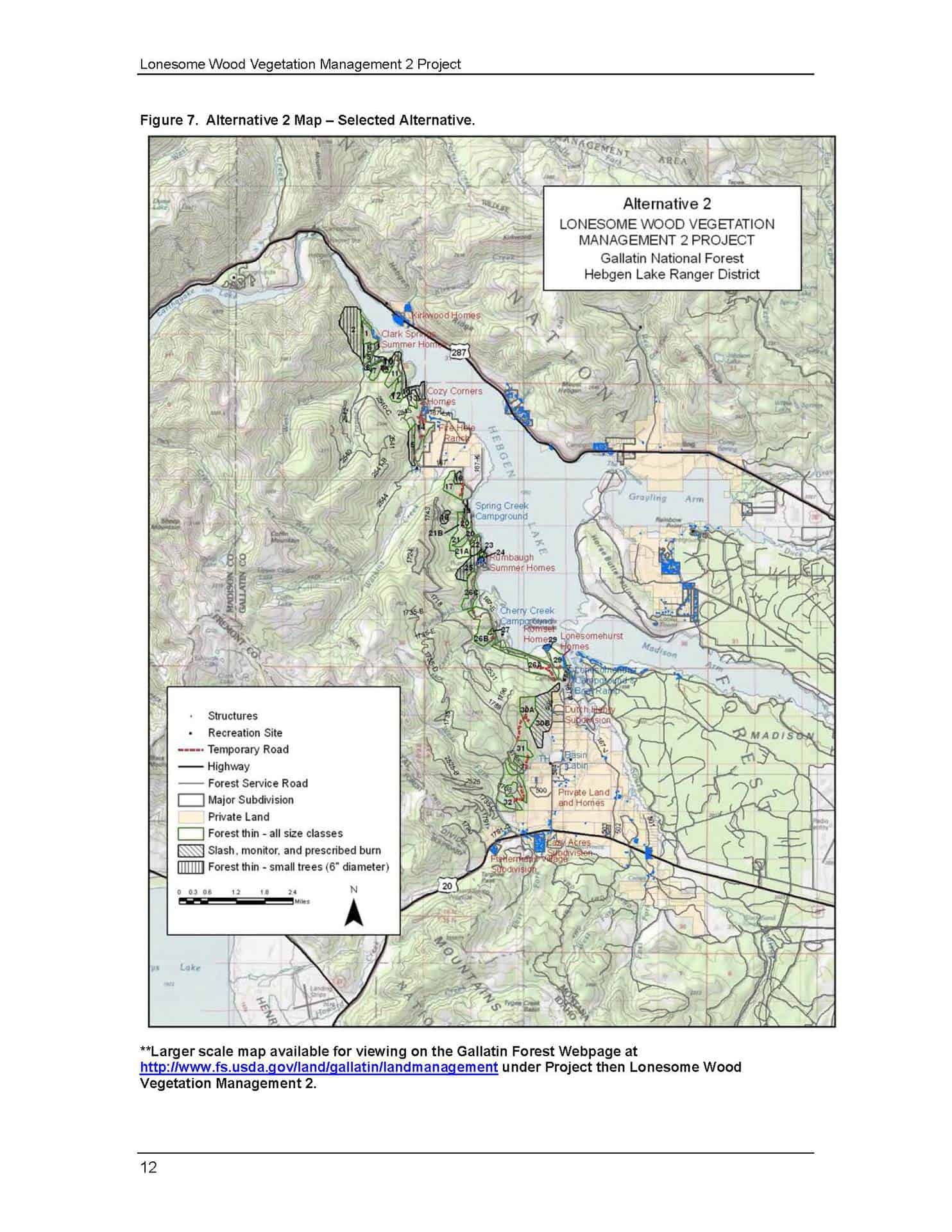I was just headed out, when this came in from Sisikiyou County Commissioner, Marcia Armstrong. My opinions of hoot owl varietals and “scientific” designations of so-called “critical habitat” are well known to people familiar with my opinions, and can probably be inferred by my choice of adjectives. Once this is posted, I will email the link back to Marcia so she can monitor (and maybe even participate) in any possible discussion on this. Also, so she can distribute to Brian and her own network of scientists, politicians, landowners, and resource managers.
NEWS RELEASE
SISKIYOU COUNTY CHALLENGES CRITICAL HABITAT
DESIGNATIONS FOR NORTHERN SPOTTED OWL
Contact: Brian Morris, County Counsel March 22, 2013
(530) 842-8100 or
[email protected] FOR IMMEDIATE RELEASE
Yreka, CA – Siskiyou County has joined with the Carpenters Industrial Council, the American Forest Resource Council, and a number of forest products companies to file a lawsuit in Washington, D.C. challenging the latest critical habitat designation for the northern spotted owl.
The lawsuit seeks declaratory and injunctive relief to address violations of the Endangered Species Act, National Environmental Policy Act, and Administrative Procedure Act. The defendants are Interior Secretary Ken Salazar and U.S. Fish and Wildlife Service Director Daniel Ashe.
“With the new habitat designations, the Fish and Wildlife Service is doubling down on a strategy that has been failing for over two decades,” said Supervisor Marcia Armstrong. “We will not just stand by as forest health continues to decline, catastrophic fires increase, and our economy suffers the consequences of failed federal policies.”
“The County issued repeated warnings to the Fish and Wildlife Service about their flawed approach, but our request for appropriate coordination was denied,” said County Counsel Brian Morris. “This lawsuit should be a warning to other federal and state agencies that the Board of Supervisors will not tolerate violations of procedural and substantive laws when agency actions are hurting the people of Siskiyou County.”
Critical habitat for the owl was originally designated in 1992 and revised in 2008. A lawsuit successfully challenged the 2008 designations, and the court ordered the Fish and Wildlife Service to start over again. The third attempt was completed in November 2012.
The lawsuit alleges that the Fish and Wildlife Service failed to conduct proper analysis of economic impacts and consider detailed economic data submitted by a coalition of forest counties. The lawsuit also argues that the Fish and Wildlife Service failed to integrate measures to fight the invasion of the competing barred owl into its spotted owl strategy, and that the agency’s determinations are legally unsustainable because of numerous errors in science, modeling, and statistical analysis.
“The repeated failures of the Fish and Wildlife Service underline the need for reform of the Endangered Species Act and the laws governing management of our National Forests,” said Supervisor Michael Kobseff. “We call on Congress to ensure that the current session does not end without enactment of reforms that will put our forests back on a path to healthy management and restore economic opportunity in forest communities.”
The County is working actively on federal legislation to establish a pilot project on the Shasta-Trinity National Forest demonstrating innovative, effective, and economical forest management practices.
The Interior Department will have 30 days to respond to the lawsuit. The timeline to get to a decision from the federal district court will likely take most of a year.




